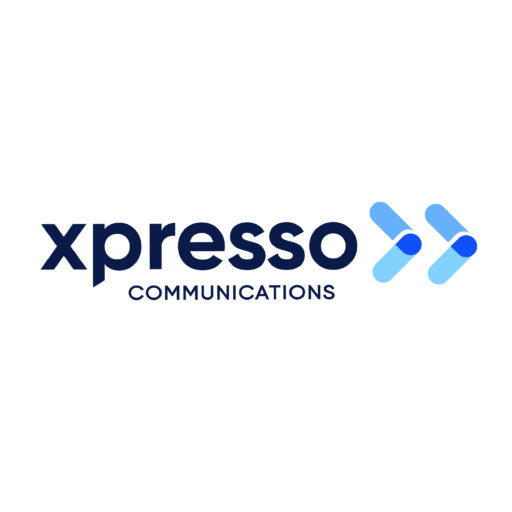
The Hybrid Heaven in Broadcast
Best of both worlds, or an unfulfilling compromise?
We’re most used to seeing the term ‘hybrid’ in the automotive industry, and to say it’s a contentious term would be an understatement. Whilst some see it as harnessing the advantages of two technologies; one driven by performance concerns, one by environmental, other people believe it is nothing but a poor compromise which holds the industry back from truly realizing the benefits of either.
But hybridization is a concept that has applicability across all kinds of industries; not least of which: broadcast. This becomes ever truer as technology evolves; from analogue to digital, from terrestrial to IP, from hardware to software, from on-prem to the cloud. Each of these advancements calls for broadcasters to examine their infrastructure setups and ask whether this is the point to make a transition.
However, the sheer scale and cost of broadcast setups means that broadcasters can’t go ‘all in’ every time technology changes. They need to make a complex assessment of whether emerging technologies suit their operation, and what the likelihood of further technological revolution in the field will be in the near future. Often, rather than making bold decisions based on this assessment, network engineers might ‘hedge their bets’ and make piecemeal, incremental upgrades to their systems, creating something of a ‘Frankenstein’s monster’ that causes more problems than it solves. This is the kind of ‘hybrid’ that hurts more than it helps.
In practice though, ‘hybrid’ systems should not be seen as reactive, forced compromises. Instead, proactive and analytical consideration of business context provides an opportunity for network engineers to ‘pick and choose’ the best elements of technologies and deliberately create hybrid systems that are designed to maximize benefit, flexibility, agility and efficiency. This is truer than ever, now that we’ve moved to a stage where not only are there are a variety of standards and approaches which all deliver specific broadcast advantages, but the technology available for switching between them and combining them is more developed than ever.
Here or there?
The most pressing concern for broadcasters now is *where* to put their network. Once upon a time, that was a non-question: hardware did your heavy lifting, and on-site rooms full of servers and racks of equipment were standard. But the physical security risk, the power draw, the space, the capital investment, the maintenance costs – all of these were all high burdens to shoulder.
The rise of network speeds made the idea of off-site processing immediately appealing; the efficiencies of scale offered in dedicated processing centers, and the ability to access processing power at the scale needed, at the time needed, from wherever it was needed, with no upfront capital investment – these factors all had everybody seeking to shed themselves of hardware and move off-site as soon as possible. The Cloud was the future.
But with time, engineers have come to realize that off-site operations carry their own burdens. Whilst it’s always nice not to have to spend money upfront, as with most things, in the long-run OpEx costs will end up running higher. For high density, high demand, regularly occurring network tasks, it’s still hard to beat your own devoted hardware.
Hybrid heaven
This is where a hybrid approach comes into its own.
 Take for example just one of the initial concerns from ‘back in the old days’: physical security. Making sure your on-site operations don’t burn down, flood, explode or disappear carries with it high costs and an even higher amount of stress. But hybridizing the network to include remote backup and redundancy operations makes disaster planning easier than ever. On-site operations keep day-to-day OpEx lower, but a hybrid system ensures that a seamless switchover to remote operations in cases of disaster is just a button press away.
Take for example just one of the initial concerns from ‘back in the old days’: physical security. Making sure your on-site operations don’t burn down, flood, explode or disappear carries with it high costs and an even higher amount of stress. But hybridizing the network to include remote backup and redundancy operations makes disaster planning easier than ever. On-site operations keep day-to-day OpEx lower, but a hybrid system ensures that a seamless switchover to remote operations in cases of disaster is just a button press away.
The key to this all is effective network management. Again, the hybrid element comes into play: by working your network management from the Cloud, it’s possible to have eyes on every component, in real-time, and adjust remotely. Tasks can be sent to on-site locations for hardware processing and then delivered where they are needed. Redundancy switchover can be entirely automated based on detailed monitoring across the full end-to-end chain. Maintenance can be streamlined to make it ‘proactively reactive’; not relying on outdated maintenance schedules, but on real-time metrics that allow engineers to anticipate problems before they become critical. More than this, these metrics can be collected to improve speed, efficiency, and quality of operations on a second-by-second basis, but also delivered to the C-suite to inform future strategic operational planning.
Sencore: the full package
It’s exactly this which Sencore has worked to achieve. For decades we have kept an industry-leading product portfolio which has hardware built for every network task. And more than this, we’ve maintained the expertise and customer focus needed to help our clients select the components most suited to their own operational context. Now, through the development of Centra Gateway, we’ve provided the umbrella that brings it all together; the final piece of the hybrid puzzle that allows network engineers all of the benefits of on-site hardware, and all of the benefits of Cloud-based management and redundancy operations. Seamlessly coordinated, scalable and adaptable to any network configuration – Centra is the indispensable link between here and there, between efficiency and quality, between now and the future.
